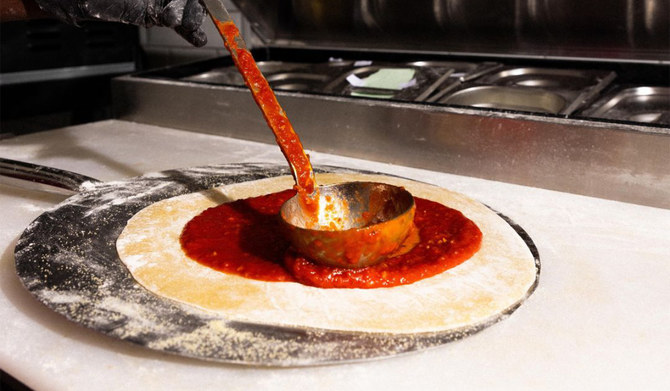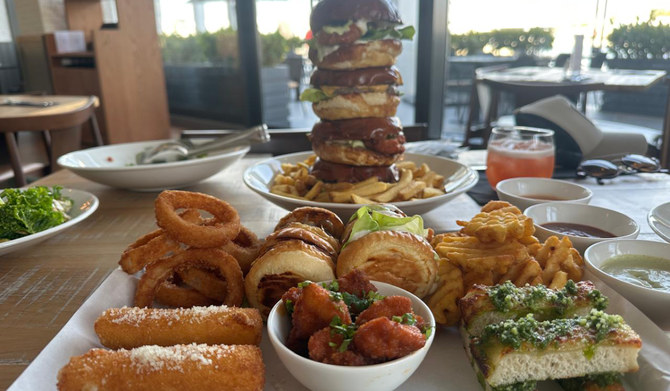Nigel Slater
At the bottom of the garden, past the old well and the hazel frames of runner beans, was what we grandly called “the orchard”. Hidden among the pear and greengage trees, past the vast Bramley apple and two damsons was an ancient plum tree. It was my favourite tree in the garden, probably my favourite tree ever – its trunk almost bent double, too brittle to climb without snapping a branch and breaking a bone, its bark mottled with sage green lichen.
Each spring there was a mass of blossom and the petals would swirl up in a snowstorm when the wind blew. In late summer the fruit – golden, translucent, a haven for wasps – hung in clusters. I guess it was inevitable that one day, when I had my own garden, I would plant my own.
The plums I grow are wild, their variety a mystery (the tree appeared from nowhere, most likely from an abandoned stone), their flesh as sweet as maple syrup. I made jam this week, lightly set like those of the Middle East, simmering the plums and sugar gently to keep the fruit in large, juicy pieces. The sort of jam to eat with a spoon and yoghurt rather than to spread on your toast.
Plums tend to come in a glorious glut – there may be pie, crumble and jam within the space of a day or two. They really don’t freeze well, despite what some might say. This bounty also means cake. Being heavier than most fruits, they are inclined to sink into the crumb of a light sponge cake, which is wonderful, giving you a deep layer of fruit to relish at the bottom. I make one with a rubble of crumble on top and another with sprigs of rosemary, which leaves fragrant wisps of flavour behind in the buttery, fruit-laden crumbs.
Plum and rosemary cake
Red plums – Czar, Victoria, Marjorie Seedling and their like – will all work here, but this is wonderful made with golden Mirabelles or greengages or even damsons. The rosemary is not essential, but I like to include it for the trace of its oil that is left behind in the cake after you remove the sprigs. Serves 8
butter 150g
golden caster sugar 150g, plus a little extra
eggs 3
plain flour 110g
baking powder 1½ tsp
ground almonds 75g
plums 400g
flaked almonds 2 tbsp
rosemary 6 short, bushy sprigsAdvertisement
You will need a deep, round cake tin with a removable base, 20cm in diameter.
Preheat the oven to 180C/gas mark 4. Line the base of the cake tin with parchment. Halve the plums and discard the stones. Using an electric mixer, cream the butter and sugar until light and fluffy. (Do this with a wooden spoon by all means, but it is unlikely to be as light as that done with a machine.) Break the eggs into a small basin and whisk briefly with a fork to mix yolks and whites, then slowly add to the butter and sugar, beating constantly. (Should the mixture curdle, then add a spoonful of the flour.)
Mix together the flour and baking powder, then incorporate slowly and thoroughly into the mixture. Stir in the ground almonds. Spoon the mixture into the lined cake tin, smooth the surface then put the plums on top – I think they look better cut side up – then scatter over the flaked almonds. Tuck the rosemary sprigs among the plums and bake in the preheated oven for about 75 minutes, until lightly firm and golden.
Remove the cake from the oven and leave to settle for 20 minutes before running a palette knife round the edges, then slide the cake from its tin. As you serve, remove the rosemary sprigs from the surface.
Baked aubergines with cucumber and basil sauce

‘The crisscross of slashes on the cut side is the way to get them cooked right through’: baked aubergines with cucumber and basil sauce. Photograph: Jonathan Lovekin/The ObserverAdvertisement
If you are lucky, you may find a few homegrown aubergines around this time of year. But there are plentiful imports, too. By adding a couple of splashes of water to the aubergines once they have browned, but before they go in the oven, their flesh becomes particularly soft and silky. The crisscross of slashes on the cut side – a sort of trellis work – is the way to get them cooked right through, so the olive oil and the flesh can permeate deep down into the flesh. The dish becomes more substantial if you serve it with a bowl of mint and parsley-flecked couscous. Serves 2
aubergines 2, medium
olive oil 7 tbsp
cucumber 1, medium
natural yoghurt 250g
garlic 1 small clove
basil 8-10 medium leaves
olive oil 2 tbsp
white wine vinegar 2 tsp
Set the oven at 200C/gas mark 6. Slice the aubergines in half lengthways. Cut slashes, about 2cm apart, into the cut side of each aubergine. Then repeat in the other direction to give a lattice effect. This will allow the heat and olive oil to penetrate.
Warm 5 tbsp of olive oil in a roasting tin placed over a moderate heat. (If your tin has a thin base then use a frying pan.) Place the aubergines, cut side down, in the pan and let them cook for about 4 or 5 minutes, until the underside is light gold
Mix together the remaining tbsp of oil and 1 tbsp of water Turn the aubergines over, sprinkle them with 1 tbsp of water and another of oil, and bake them in the preheated oven for about 30 minutes, until thoroughly tender.
While the aubergines bake, make the sauce. Peel the cucumber and halve it lengthways, scrape out and discard the seedy core. Coarsely grate the flesh into a sieve. Put the sieve over a bowl, sprinkle the cucumber lightly with salt and leave to drain for 30 minutes. Squeeze the cucumber firmly in your hands, until it is almost dry.
Put the yoghurt in a mixing bowl. Mash the garlic to a purée. Finely chop 8 basil leaves and stir into the yoghurt with 2 tbsp of olive oil, some black pepper, and 2 tsp of white wine vinegar. Stir in the grated cucumber.
Courtesy: theguardian








